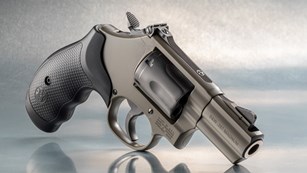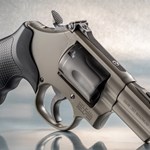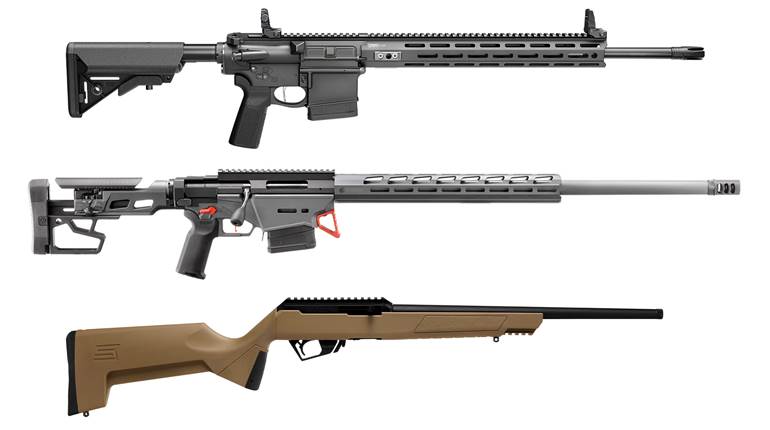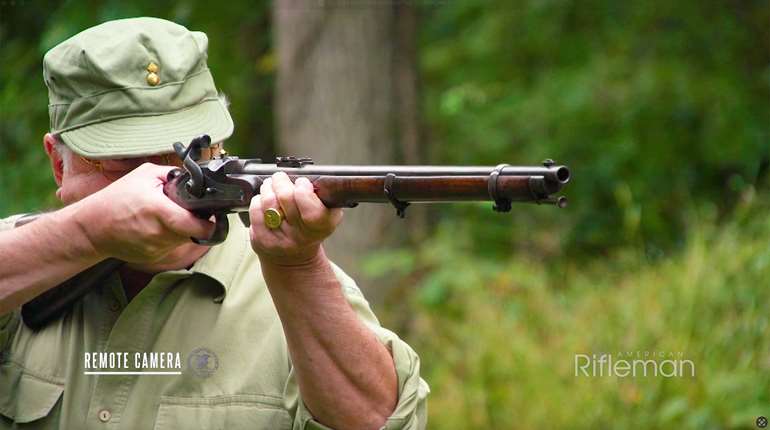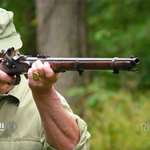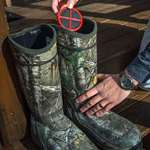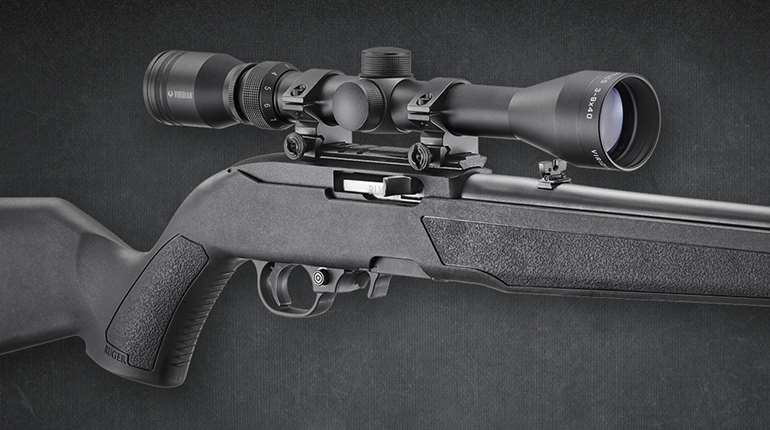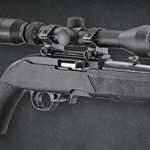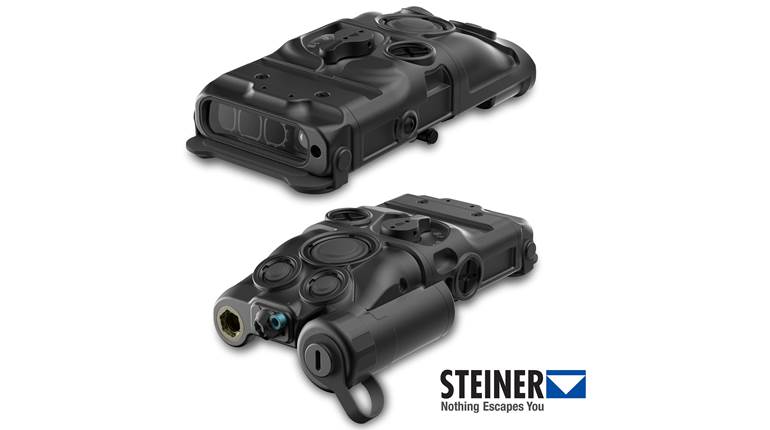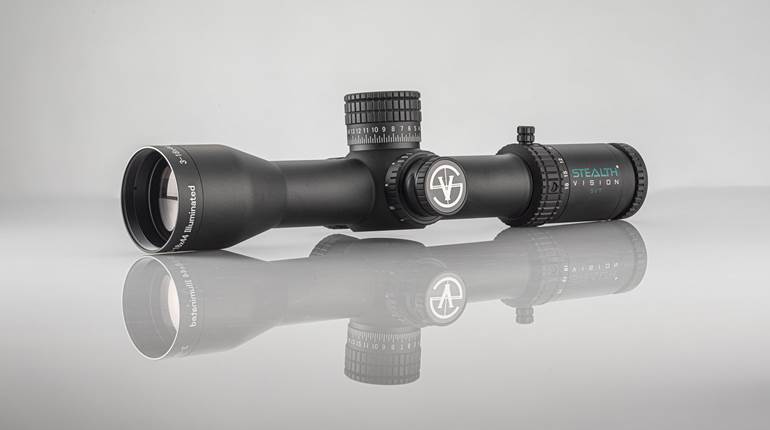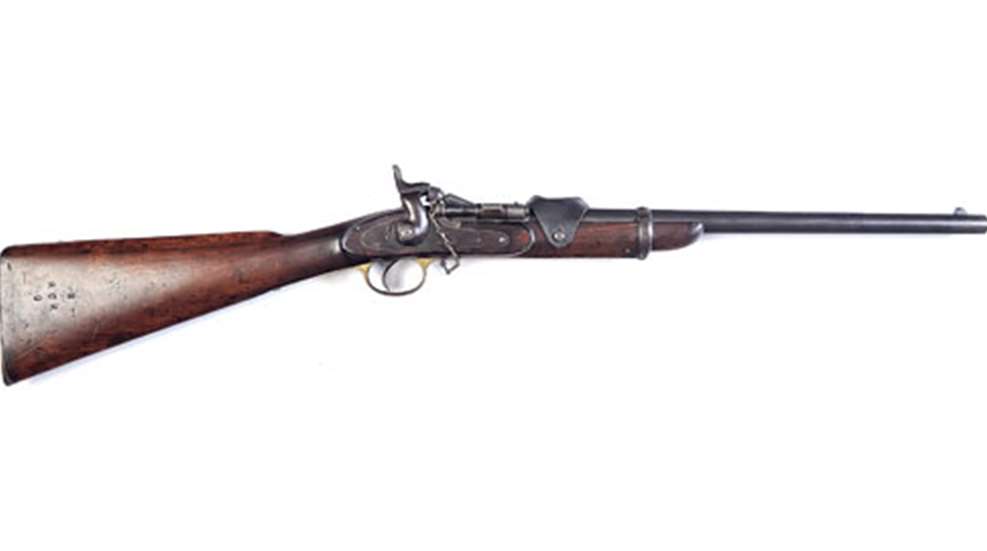
12/26/2012
By the end of the American Civil War it was patently obvious that the self-contained cartridge was the wave of the future. Unfortunately most countries still had large stocks of percussion arms on hand.
Ever-thrifty, ordnance officers began searching for ways to convert old muzzle- and breech-loaders to handle the new ammunition; and enterprising inventors were more than up to the challenge, offering a dizzying variety of ingenious mechanisms.
One of the best—and the one ultimately adopted by the British—was devised by Jacob Snider of New York. It involved cutting 2 1/2 inches off the breech of a standard-issue .577-cal. Pattern 1853 Enfield Rifle-Musket. The breech was then expanded to accommodate a cartridge, and a breechblock hinged to the right side of the opening. A “plunger” (firing-pin) was secured through the length of the breechblock at an angle where it could be struck by a modified Enfield hammer.
This original setup was a bit fragile as it involved heating up the rear of the barrel red hot, taking out the temper. This was remedied with a separate “shoe,” which could be screwed onto the rear of the barrel.
The Snider went through three “Marks” and sub-variations. The block on the first two had no latch, merely a thumb-piece. The unit was secured by a simple spring-loaded pin that fit into a depression in the rear of the shoe face. Though that arrangement worked well, officials felt a more positive system would be prudent, so a latch was added to the thumb-piece. The rear stud was also made much larger.
Sniders were offered in several models, including the standard three-band infantry rifle, a two-band Short Rifle and Artillery, Engineer and Cavalry Carbines, the latter of which is shown here. Manufacturers of the various types included Royal Small Arms Factory Enfield, Birmingham Small Arms Co. and London Small Arms Co., not to mention some foreign companies.
There were basically two versions of the British-issue Cavalry carbine, the Mark II** and the Mark III. The Mark II** was fabricated from the existing Model 1861 muzzleloader, and is easily recognized by its early style breechblock and sling bar.
Mark IIIs, which were made in far larger numbers, came about when existing stores of suitable 1861s ran out. The gun did away with the sling bar and featured the latching breechblock, newly built parts and a trap in the butt for a screw-together clearing/cleaning rod.
A ladder-style rear sight was graduated to 600 yards and had a provision for a leather cover. Overall length of the gun was a handy 37 1/2 inches, with a 19 1/4-inch barrel, and it weighed 6 pounds, 8 ounces.
A good number of Mark III Carbines, including the gun shown here, saw use in Canada, most notably by the North-West Mounted Police, which adopted the piece in 1873 and carried it until it was replaced in 1878 by an admittedly superior repeating .45-75 Win. Winchester Model 1876 Carbine.
Several decades ago, a large number of Sniders were imported into the United States from Portugal. They can be readily identified by a sling ring set beneath the stock at the rear of the trigger guard. Too, Canadian Cadet carbines, made from cut-down rifles and resembling the Mark III turn up from time-to-time. They are obvious by their rifle rear sights, plugged stocks and bead front sights. Generally speaking neither of those guns bring as much as a regular Mark II** or Mark III.
Though officially replaced in crown service in the early 1870s by the Martini-Henry, the Snider continued to be used in India and some other colonies into the early part of the 20th century, by both military and constabulary units.
The gun shown here, curiously marked to the Royal Canadian Rifle Regiment which, at least on paper, never was issued carbines, is in very good condition, with a perfect bore and retaining most of its bluing and case-hardening. As such it would be valued in the $1,150 to $1,300 range.
Gun: Snider-Enfield Mark III Cavalry Carbine
Caliber: .577 Snider
Serial Number: 1151
Condition: NRA Excellent (Antique Gun Condition Standards)
Value: $1,150 to $1,300








